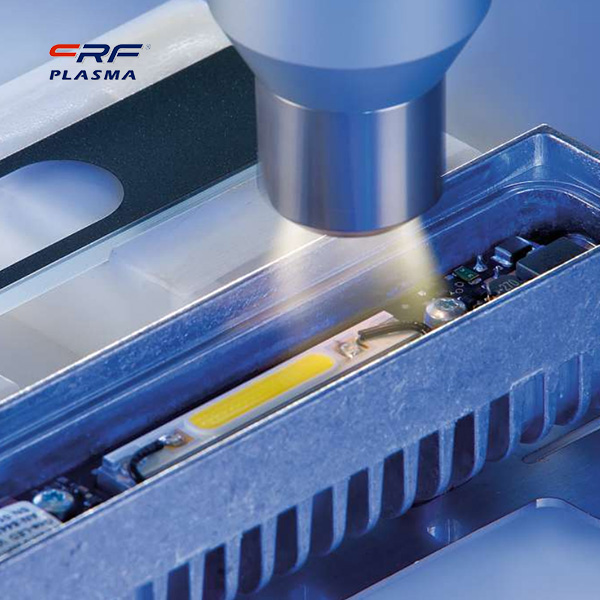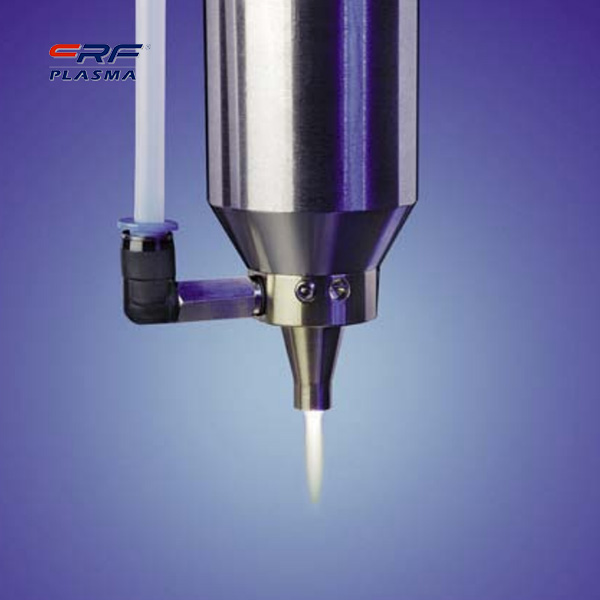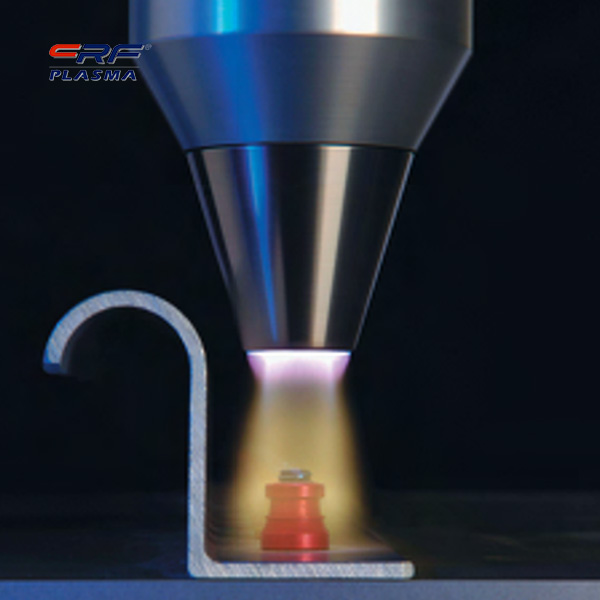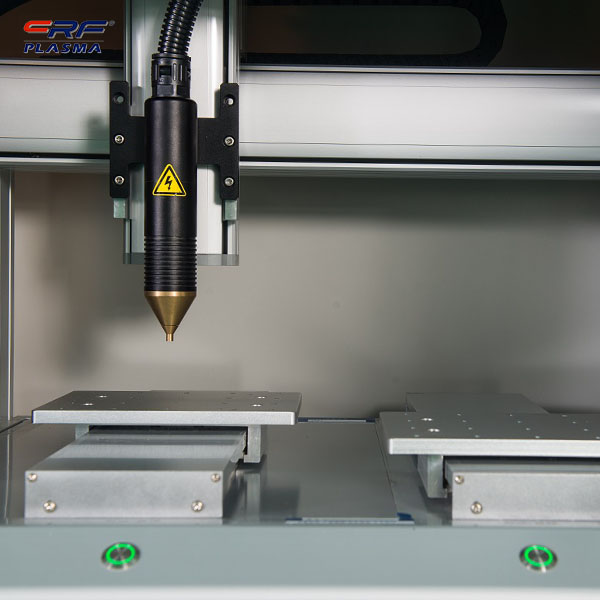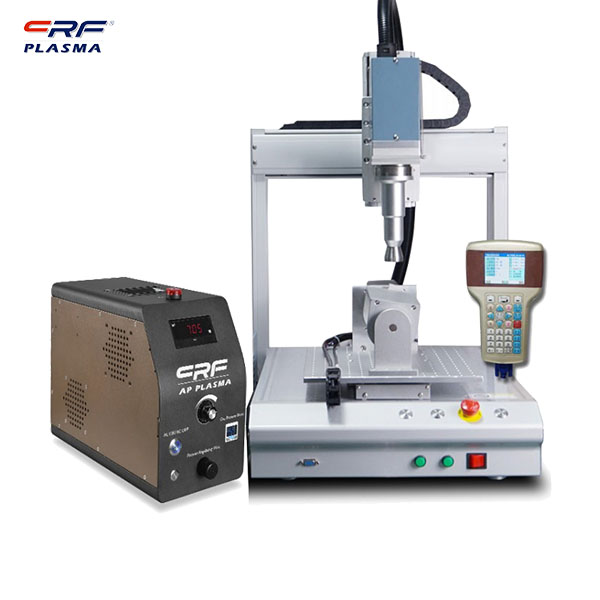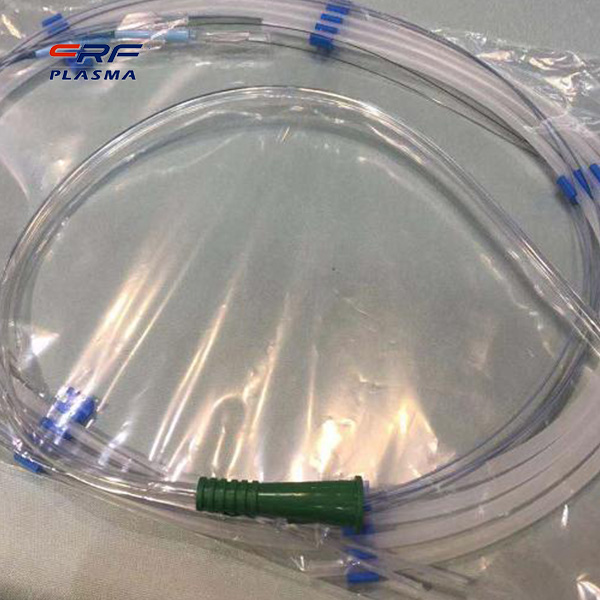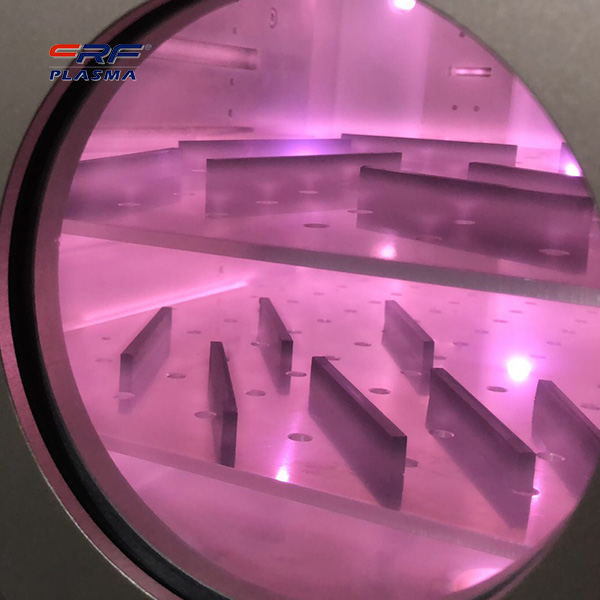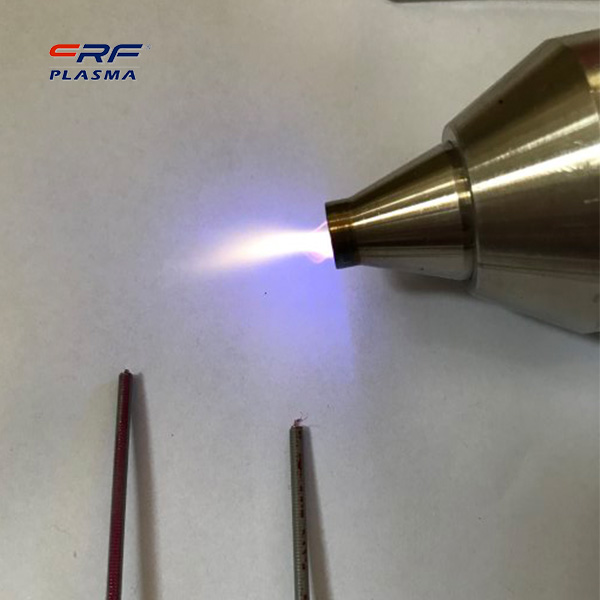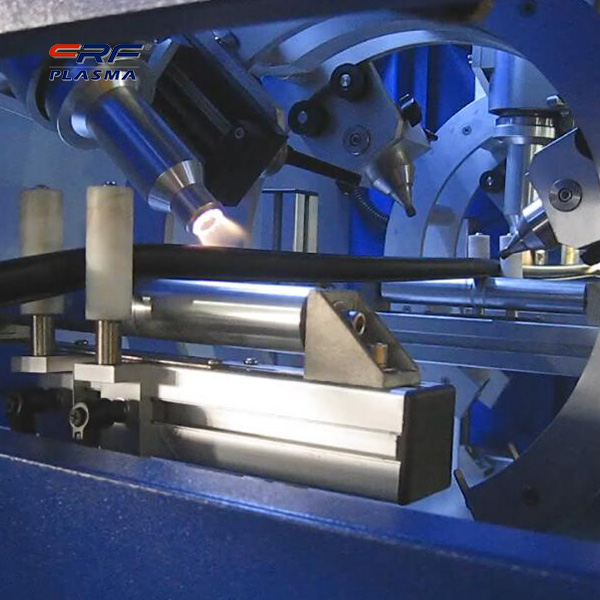
Welcome to Shenzhen Sing Fung Intelligent Manufacturing Co., Ltd.
E-mail:shaobo@sfi-crf.com
The surface energy tester is a characteristic tester with 5 major structures and 8 major functions
- Categories:Technical Support
- Author:Plasma cleaning machine-CRF plasma plasma equipment-plasma surface treatment machine manufacturer-chengfeng intelligent manufacturing
- Origin:
- Time of issue:2021-11-23
- Views:
(Summary description)The surface energy tester is a characteristic tester with 5 major structures and 8 major functions: The surface energy testing instrument adopts the principle of optical imaging, and the image profile analysis method is used to measure the surface contact angle, wettability, surface interfacial tension, forward and backward angles, surface energy and other properties of the sample. The equipment adopts a fully automatic liquid inlet device, which is cost-effective and expandable. With strong performance and comprehensive functions, it can meet a variety of routine measurement requirements. It is now widely used in many universities and enterprises. The structural characteristics of the surface energy measuring instrument: The surface energy test instrument is mainly composed of five parts: analysis software, injection unit, light source, sample stage, and acquisition system. The device adopts the principle of optical imaging. The software is powerful, with a one-key automatic fitting method, which can meet the fitting of different droplet shapes. The injection unit adopts a high-precision liquid injection pump, which is controlled quantitatively and at a fixed speed by software, and the dripping is stable, and the accuracy can reach 0.01 microliters. The injection unit adopts dense LED cold light design, uniform light emission, high definition and long life. The sampling table adopts a three-dimensional manual fine-tuning platform, which is flexible in operation and accurate in positioning. The sampling table can be customized according to the actual sample size. It adopts black and white imported CCD camera to capture, stable shooting, clear images, real and reliable, the lens adopts German industrial-grade imported configuration, zoom 0.7-4.5 times can be adjusted, and the image is deformed. Application of surface energy test equipment: Surface energy testing instruments have been widely used in all walks of life. Contact angle measurement has become an important tool in mobile phone manufacturing, glass manufacturing, surface treatment, material research, chemistry and chemical engineering, semiconductors, coatings and inks, electronic circuits, textile fibers, medical biology, etc. Important measurement tool. 1. The wetting behavior of liquid on the solid surface such as spreading, penetration, absorption, etc., and the static contact angle is measured by the sessile drop method. 2. Measurement of the material's entry and exit angle, retreat angle, contact angle hysteresis angle, rolling angle, and dynamic contact angle on a solid surface. 3. Continuous real-time research and process recording of absorptivity, and analysis of the curve of contact angle over time. 4. Measure the contact angle of various special materials, such as powders, curved surfaces, and superhydrophobic/superhydrophilic samples. 5. Adhesion titration measures the contact angle of the material after it is immersed in the liquid. 6. The hanging drop method measures the surface tension, polarity and dispersion of various liquids. 7. Calculate the analysis of the solid surface free energy and its polar dispersion components. 8. Analyze the adhesion work of the liquid on the solid surface, and evaluate its uniformity, cleanliness, etc.
The surface energy tester is a characteristic tester with 5 major structures and 8 major functions
(Summary description)The surface energy tester is a characteristic tester with 5 major structures and 8 major functions:
The surface energy testing instrument adopts the principle of optical imaging, and the image profile analysis method is used to measure the surface contact angle, wettability, surface interfacial tension, forward and backward angles, surface energy and other properties of the sample. The equipment adopts a fully automatic liquid inlet device, which is cost-effective and expandable. With strong performance and comprehensive functions, it can meet a variety of routine measurement requirements. It is now widely used in many universities and enterprises.
The structural characteristics of the surface energy measuring instrument:
The surface energy test instrument is mainly composed of five parts: analysis software, injection unit, light source, sample stage, and acquisition system. The device adopts the principle of optical imaging. The software is powerful, with a one-key automatic fitting method, which can meet the fitting of different droplet shapes. The injection unit adopts a high-precision liquid injection pump, which is controlled quantitatively and at a fixed speed by software, and the dripping is stable, and the accuracy can reach 0.01 microliters. The injection unit adopts dense LED cold light design, uniform light emission, high definition and long life.
The sampling table adopts a three-dimensional manual fine-tuning platform, which is flexible in operation and accurate in positioning. The sampling table can be customized according to the actual sample size. It adopts black and white imported CCD camera to capture, stable shooting, clear images, real and reliable, the lens adopts German industrial-grade imported configuration, zoom 0.7-4.5 times can be adjusted, and the image is deformed.
Application of surface energy test equipment:
Surface energy testing instruments have been widely used in all walks of life. Contact angle measurement has become an important tool in mobile phone manufacturing, glass manufacturing, surface treatment, material research, chemistry and chemical engineering, semiconductors, coatings and inks, electronic circuits, textile fibers, medical biology, etc. Important measurement tool.
1. The wetting behavior of liquid on the solid surface such as spreading, penetration, absorption, etc., and the static contact angle is measured by the sessile drop method.
2. Measurement of the material's entry and exit angle, retreat angle, contact angle hysteresis angle, rolling angle, and dynamic contact angle on a solid surface.
3. Continuous real-time research and process recording of absorptivity, and analysis of the curve of contact angle over time.
4. Measure the contact angle of various special materials, such as powders, curved surfaces, and superhydrophobic/superhydrophilic samples.
5. Adhesion titration measures the contact angle of the material after it is immersed in the liquid.
6. The hanging drop method measures the surface tension, polarity and dispersion of various liquids.
7. Calculate the analysis of the solid surface free energy and its polar dispersion components.
8. Analyze the adhesion work of the liquid on the solid surface, and evaluate its uniformity, cleanliness, etc.
- Categories:Technical Support
- Author:Plasma cleaning machine-CRF plasma plasma equipment-plasma surface treatment machine manufacturer-chengfeng intelligent manufacturing
- Origin:
- Time of issue:2021-11-23 22:06
- Views:
The surface energy tester is a characteristic tester with 5 major structures and 8 major functions:
The surface energy testing instrument adopts the principle of optical imaging, and the image profile analysis method is used to measure the surface contact angle, wettability, surface interfacial tension, forward and backward angles, surface energy and other properties of the sample. The equipment adopts a fully automatic liquid inlet device, which is cost-effective and expandable. With strong performance and comprehensive functions, it can meet a variety of routine measurement requirements. It is now widely used in many universities and enterprises.
 The structural characteristics of the surface energy measuring instrument:
The structural characteristics of the surface energy measuring instrument:
The surface energy test instrument is mainly composed of five parts: analysis software, injection unit, light source, sample stage, and acquisition system. The device adopts the principle of optical imaging. The software is powerful, with a one-key automatic fitting method, which can meet the fitting of different droplet shapes. The injection unit adopts a high-precision liquid injection pump, which is controlled quantitatively and at a fixed speed by software, and the dripping is stable, and the accuracy can reach 0.01 microliters. The injection unit adopts dense LED cold light design, uniform light emission, high definition and long life.
The sampling table adopts a three-dimensional manual fine-tuning platform, which is flexible in operation and accurate in positioning. The sampling table can be customized according to the actual sample size. It adopts black and white imported CCD camera to capture, stable shooting, clear images, real and reliable, the lens adopts German industrial-grade imported configuration, zoom 0.7-4.5 times can be adjusted, and the image is deformed.
Application of surface energy test equipment:
Surface energy testing instruments have been widely used in all walks of life. Contact angle measurement has become an important tool in mobile phone manufacturing, glass manufacturing, surface treatment, material research, chemistry and chemical engineering, semiconductors, coatings and inks, electronic circuits, textile fibers, medical biology, etc. Important measurement tool.
1. The wetting behavior of liquid on the solid surface such as spreading, penetration, absorption, etc., and the static contact angle is measured by the sessile drop method.
2. Measurement of the material's entry and exit angle, retreat angle, contact angle hysteresis angle, rolling angle, and dynamic contact angle on a solid surface.
3. Continuous real-time research and process recording of absorptivity, and analysis of the curve of contact angle over time.
4. Measure the contact angle of various special materials, such as powders, curved surfaces, and superhydrophobic/superhydrophilic samples.
5. Adhesion titration measures the contact angle of the material after it is immersed in the liquid.
6. The hanging drop method measures the surface tension, polarity and dispersion of various liquids.
7. Calculate the analysis of the solid surface free energy and its polar dispersion components.
8. Analyze the adhesion work of the liquid on the solid surface, and evaluate its uniformity, cleanliness, etc.
Scan the QR code to read on your phone

TEL:0755-3367 3020 / 0755-3367 3019

E-mail:sales-sfi@sfi-crf.com

ADD:Mabao Industrial Zone, Huangpu, Baoan District, Shenzhen




